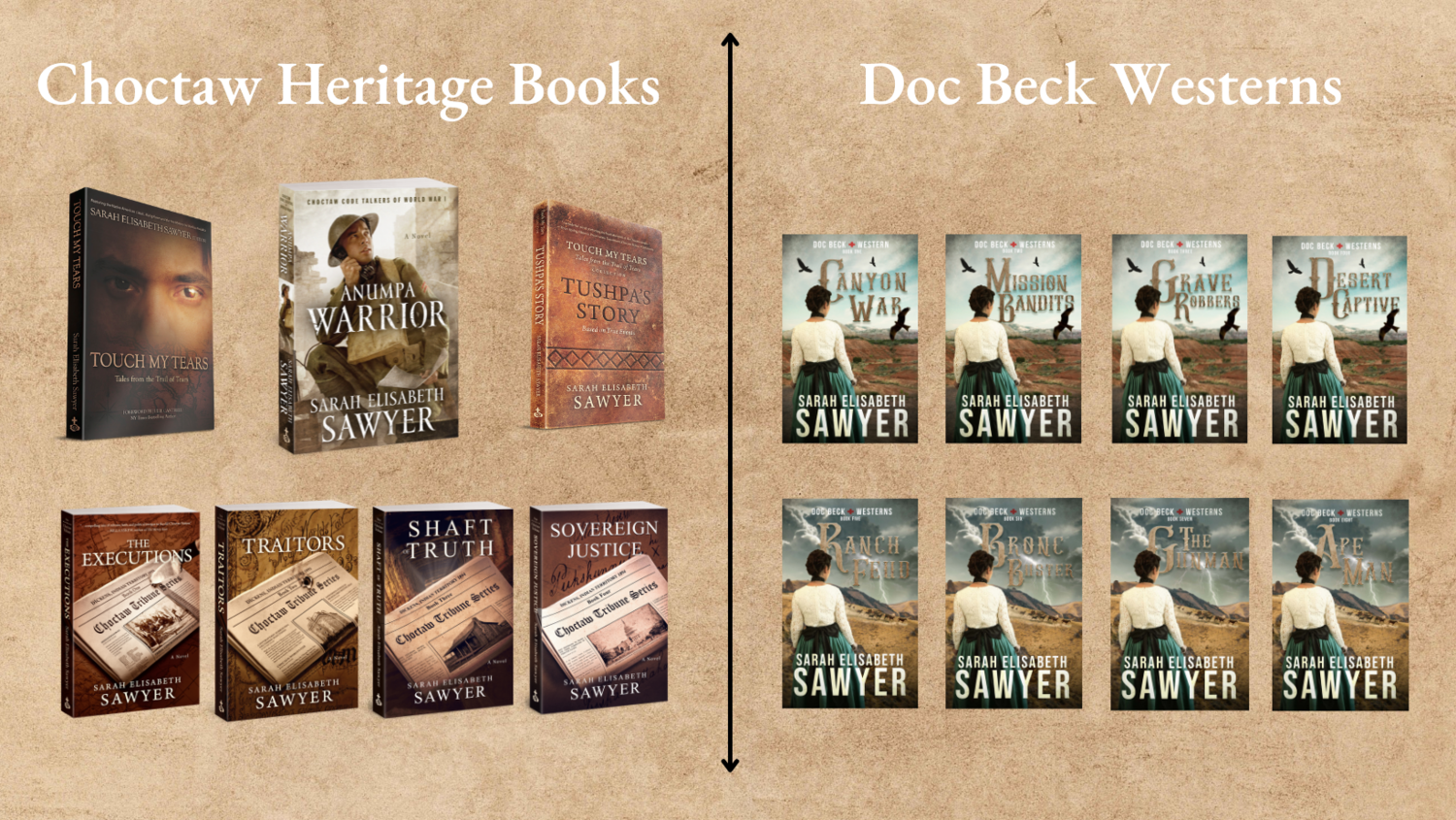Do I commit a big no-no when I use the term “Indian”?
While prepping to release my new Doc Beck Western series, it occurred to me that some readers might be surprised that I use the term "Indian" instead of "Native American.”
This topic comes up often when I'm speaking at conferences, workshops, or one-on-one with people, so let me unpack it (briefly).
Read More